Ten royal palaces that dazzle travelers

Since many vacationers seek to broaden their range of life experiences and worldview by visiting culturally significant sites, exploring historic palaces can be a good way to broaden mental and social horizons while traveling, according to the British platform Reboot Online (RO).
Around half of all people who take at least one holiday a year choose to travel abroad, while a growing percentage of travellers are following the “year-round” trend, visiting other countries outside of peak tourist periods, according to travel agents' association Abta (www.abta.com).
In this context, ancient palaces are places that generate great interest among travelers , as reflected in reviews on specialized platforms such as TripAdvisor, internet searches, hashtags on Instagram, and pins on Pinterest, according to RO.
Throughout history and across all civilizations, palaces have been the residences of monarchs, rulers, and other members of royal families, as well as wealthy individuals and members of the high clergy, according to encyclopedic sources.
These sumptuous and enormous mansions and manor houses, built as a demonstration of wealth, power and authority and to serve as symbols of the ruling dynasty, were built, furnished and decorated according to the most exacting artistic taste and the highest luxury of their time.
European palaces, which were used for residential purposes and to host official ceremonies, political meetings and entertaining guests, were the scene of political, social and economic events of historical importance, such as those that occurred at the French Palace of Versailles, which during the revolution of 1789 was taken by the people, with King Louis XVI and his family forced to return with the demonstrators to Paris, in an event that marked a milestone within the scope of the French Revolution.
In addition, many palaces housed important art collections and other cultural artifacts and hosted musical concerts, theatrical performances, and other artistic events.
In modern times, many ancient palaces have been transformed into museums, government buildings, and even luxury hotels, and now these beautiful, luxurious, and spectacular buildings are important historical and cultural landmarks, visited by millions of people each year.
Reboot Online specialists compiled a list of the 10 most famous royal palaces, based on their popularity on social media, review sites, and internet searches, most of which are located in Europe.
Palace of Versailles 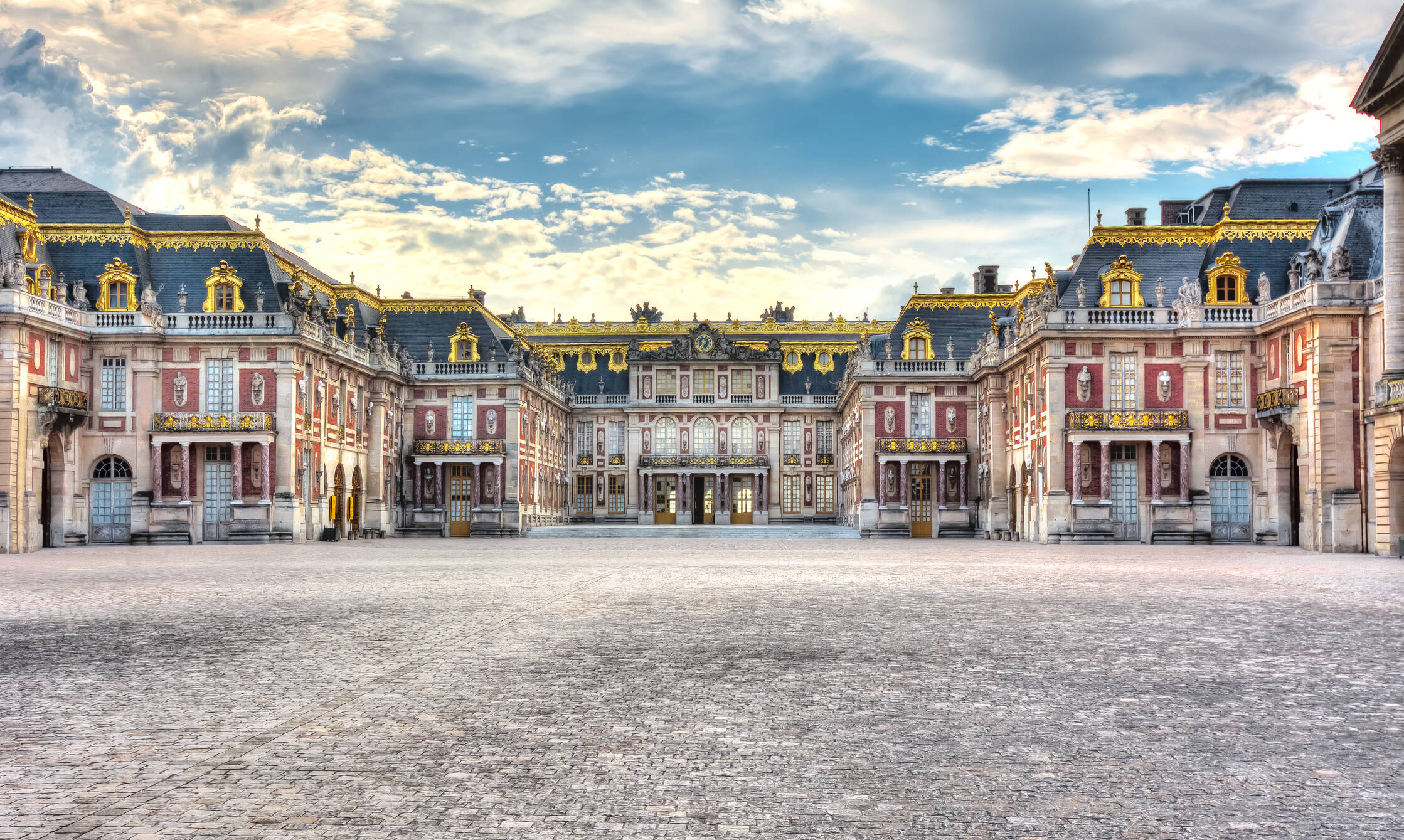
Palace of Versailles, in France. Photo: Istock
With 2,300 rooms and 63,154 square meters, the Palace of Versailles (Versailles, France) is one of the largest in the world. It was declared a World Heritage Site and is a showcase of 17th-century French art.
It was originally a hunting lodge for Louis XIII and was transformed by his son, Louis XIV, to move his government there.
The Royal Estate of Versailles covers an area of 800 hectares, 77 of which are home to gardens, which feature 220 sculptures, 55 fountains, and ponds. In addition, the Grand and Petit Trianon, two palaces for the royal family's personal use, are also located.
Versailles was the royal residence until the French Revolution (1789), and today operates as a museum.
Winter Palace 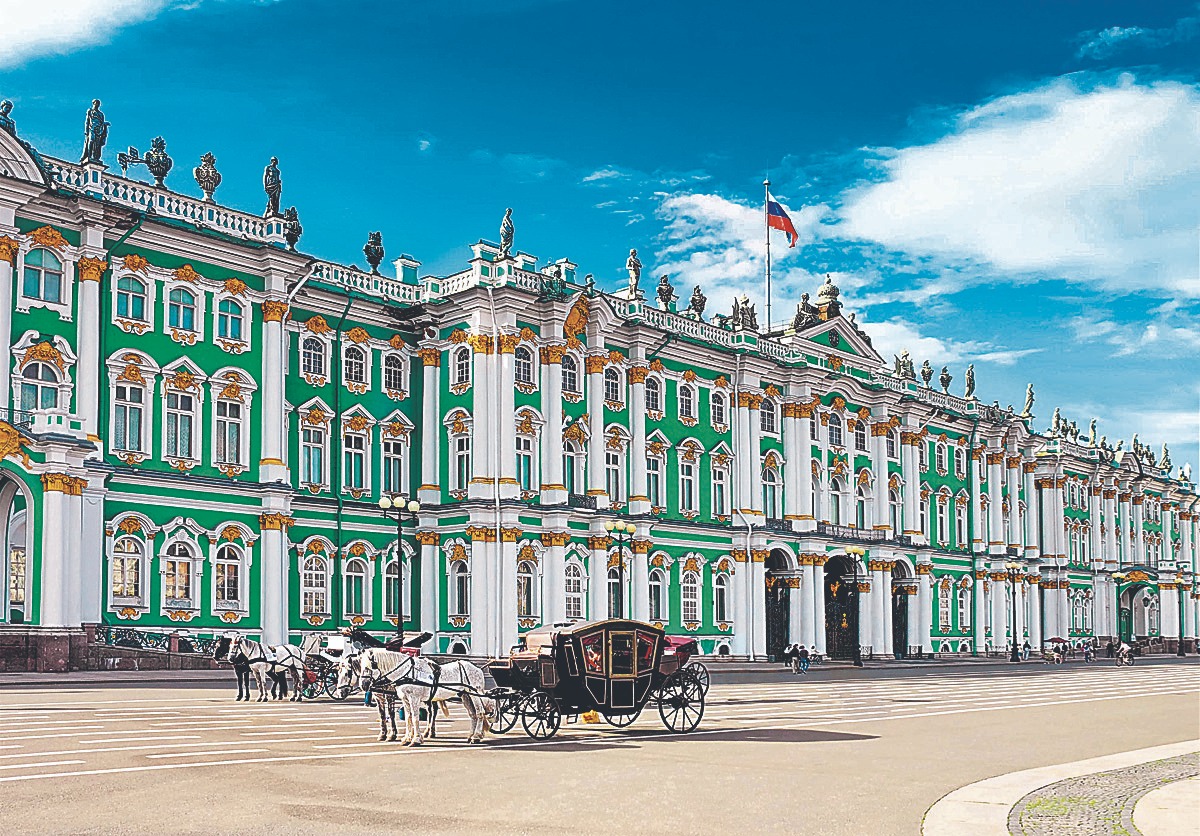
The Winter Palace, located in St. Petersburg, Russia. Photo: EFE
The Winter Palace (St. Petersburg, Russia) was the official residence of the Tsars from 1732 to 1917. It is a Baroque-style building that now houses the Hermitage Museum. The building has a 150-meter façade and more than 1,700 doors and 1,900 windows, as well as approximately 1,500 rooms.
Over the years, the palace has played a pivotal role in Russian history. For example, in 1905 it was the scene of the Bloody Sunday massacre, and after the February Revolution of 1917, it served as the seat of the Russian Provisional Government. That same year, the palace was attacked by the Red Army, a defining moment in the birth of the Soviet state.
Alhambra Palace 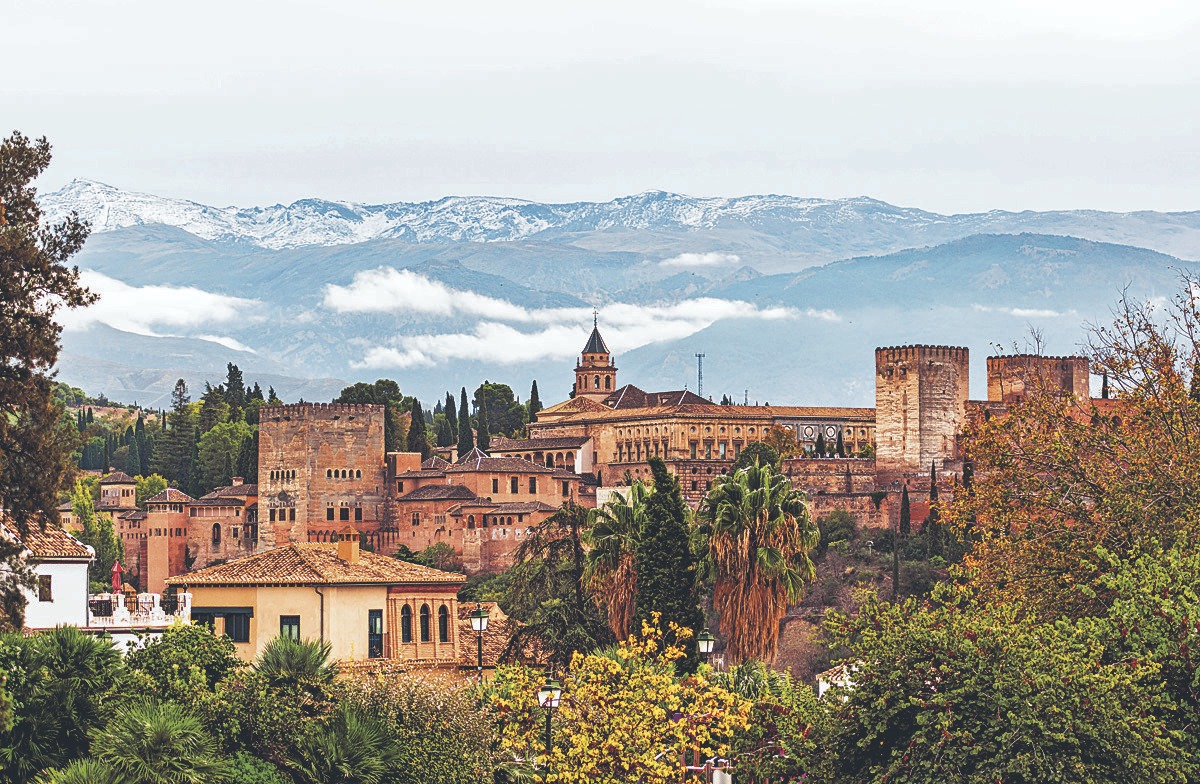
The Alhambra (Granada, Spain) was the largest aristocratic political center in the Muslim West. Photo: EFE
The Alhambra (Granada, Spain) was the largest political and aristocratic center of the Muslim West, and was a palatine city, a Christian royal house, the captaincy general of Granada, and a military fortress.
During the 13th and 15th centuries, the Alhambra was the residence of the Nasrid sultans and high officials, court servants, and elite soldiers. After 1492, the Alhambra was established as a Royal Palace, within the framework of the Catholic reign; and with the revolution of 1868, it was separated from the Crown and passed into state control, being declared a national monument in 1870.
The Alhambra consists of a complex of buildings, rectangular courtyards, gardens—with leafy avenues—and fountains . One of the most important structures is the Vela Tower, which has one of the most beautiful views of the palace; the Patio de los Leones and its fountain are also notable features.
READ ALSO
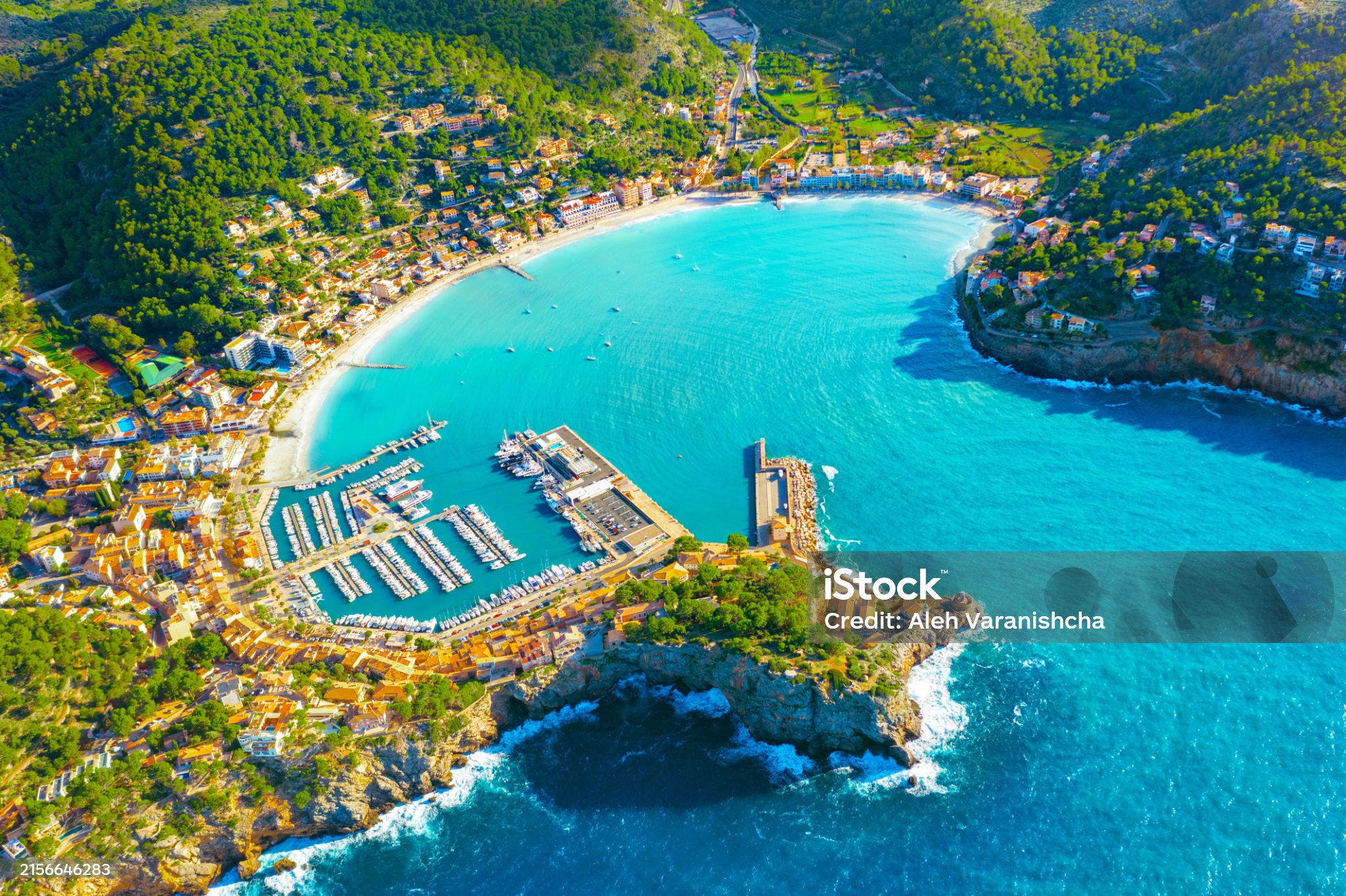
Buckingham Palace (London, United Kingdom), one of the few remaining active royal palaces , is recognized as the home of the British monarchy, the focus of national and royal celebrations, and the scene of the customary Changing of the Guard ceremony.
The sumptuous apartments of this palace, which has hosted historic events ranging from royal baptisms to visits from world leaders, are decorated with treasures from the royal collection, such as paintings by Rembrandt, Rubens, and Canaletto. When it opens in the summer, Buckingham Palace hosts an exhibition that offers a fascinating insight into the lives of the royal family.
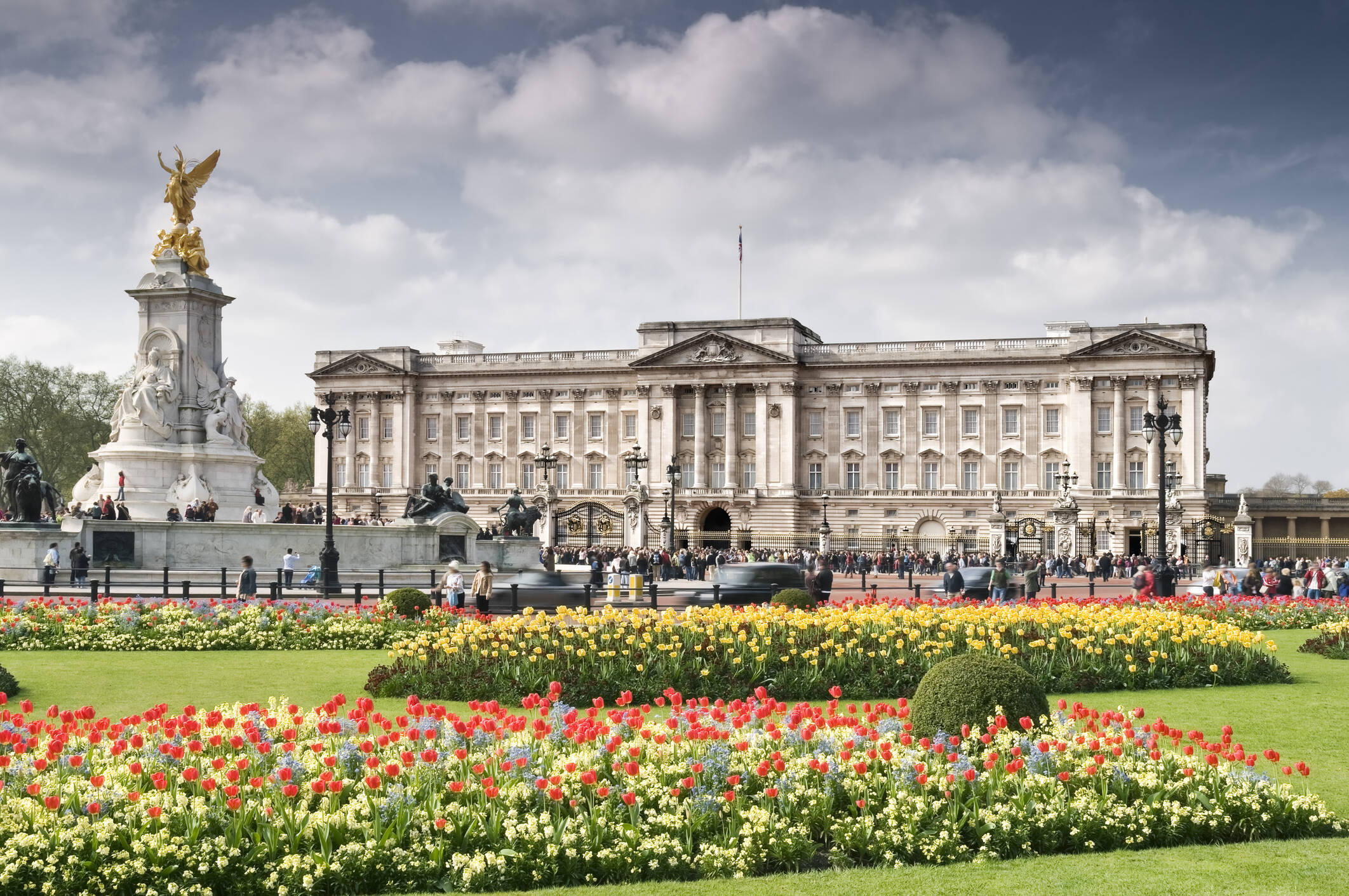
The British royal residence boasts a diverse array of wildlife and trees. Photo: iStock
Topkapi (Istanbul, Turkey) was the imperial residence of the Ottoman sultans, a monumental construction that served as their home for over 400 years. This palace has four courtyards and multiple interior buildings (weapons room, stables and royal kitchens, treasury, harem, weapons building, pavilion with sacred relics, among others). The treasury houses some of the most valuable objects in the world, such as the Spoonmaker's Diamond (approximately 86 carats) and the Topkapi Dagger (with a gold hilt and large emeralds).
The list of the ten royal palaces is completed by the palaces of Schönbrunn (Vienna, Austria), the Royal Palace of Madrid (Madrid, Spain), the Dolmabahçe (Istanbul, Turkey), the Forbidden City (Beijing, China) and Mysore (Mysuru, India).
RICARDO SEGURA - EFE REPORTS
eltiempo





